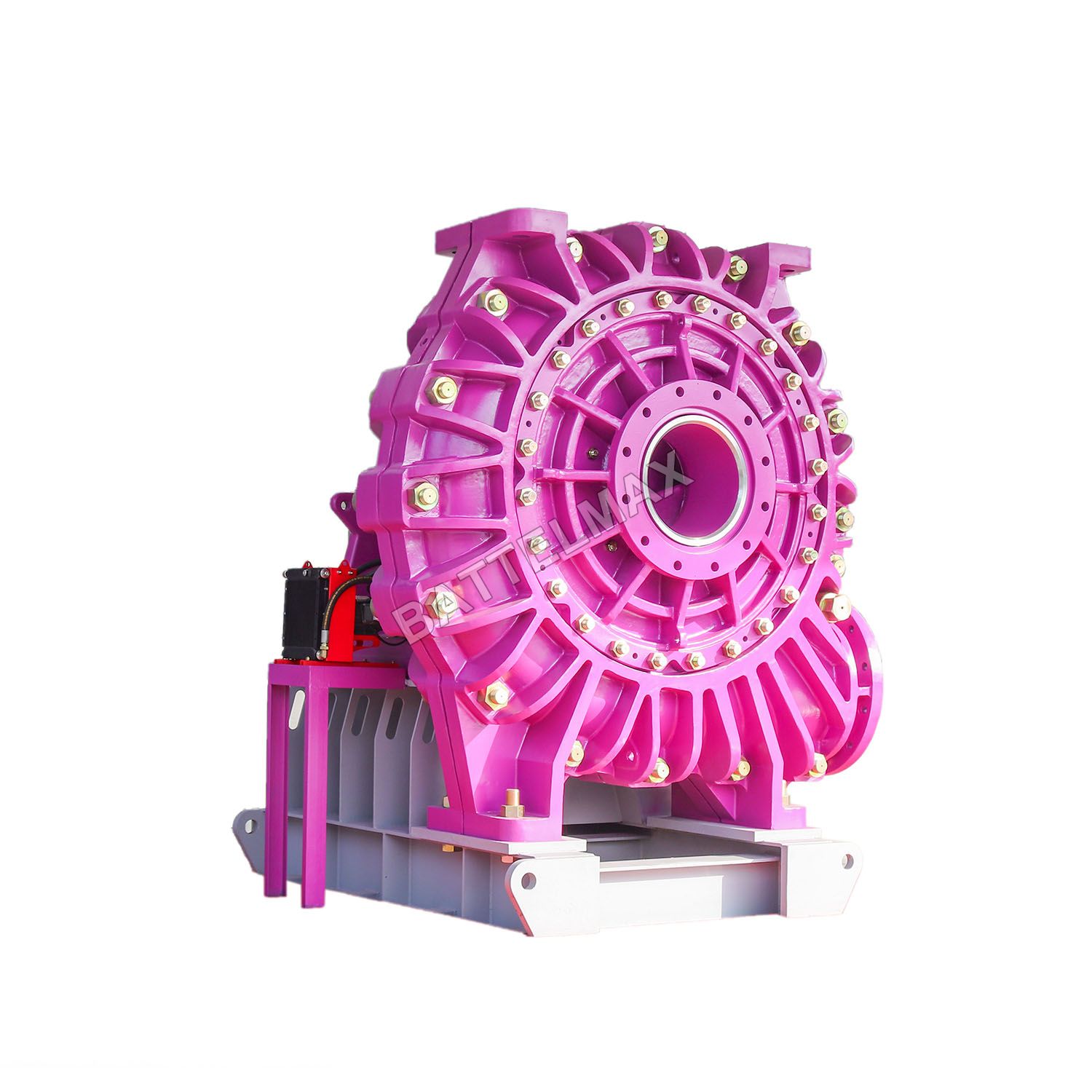How Often Should I Inspect My High Pressure Lined Slurry Pump?
When it comes to maintaining the optimal performance of high pressure lined slurry pumps, regular inspection is paramount. These pumps are essential components in various industries, from mining to wastewater treatment, where they handle abrasive and corrosive materials. Neglecting their maintenance can lead to costly downtime, decreased efficiency, and even safety hazards. In this comprehensive guide, we'll delve into the importance of inspecting high-pressure lined slurry pumps and outline the recommended frequency for inspections.

Before delving into inspection frequencies, it's crucial to grasp the functions and components of high-pressure lined slurry pumps. These pumps are specifically designed to handle slurries, which are mixtures of solids and liquids. Common applications include transporting ore in mining operations, handling wastewater in treatment plants, and conveying abrasive materials in industrial processes.
High-pressure lined slurry pumps typically consist of several key components, including the impeller, casing, shaft, bearings, and seals. The impeller is responsible for generating centrifugal force to propel the slurry, while the casing contains the slurry and directs its flow. Bearings and seals play vital roles in supporting the rotating shaft and preventing leakage, respectively.
The Importance of Regular Inspections
Regular inspections are essential for ensuring the continued reliability and efficiency of high-pressure lined slurry pumps. These inspections serve several crucial purposes:
Preventive Maintenance: By identifying potential issues early on, regular inspections help prevent unexpected breakdowns and costly repairs. They allow maintenance personnel to address minor issues before they escalate into major problems.
Optimizing Performance: Inspections enable operators to fine-tune pump settings and configurations for optimal performance. This includes adjusting impeller clearances, checking alignment, and monitoring fluid levels.
Safety Compliance: In many industries, compliance with safety regulations is non-negotiable. Regular inspections help ensure that pumps meet safety standards and minimize the risk of accidents or environmental hazards.
Extending Equipment Lifespan: Proper maintenance, facilitated by regular inspections, can significantly extend the lifespan of high-pressure lined slurry pumps. By addressing wear and tear promptly, operators can avoid premature failure and replacement costs.
Recommended Inspection Frequencies
The ideal frequency of inspections for high-pressure lined slurry pumps depends on various factors, including the pump's usage, operating conditions, and manufacturer recommendations. However, as a general guideline, we recommend the following inspection intervals:
Daily Visual Checks: Operators should perform visual inspections of the pump and its surroundings daily. This includes checking for leaks, unusual noises, vibrations, and abnormal operating conditions. Any signs of potential issues should be investigated promptly.
Weekly Inspections: On a weekly basis, maintenance personnel should conduct more thorough inspections of the pump system. This involves checking fluid levels, inspecting seals and bearings for wear, and verifying alignment and coupling integrity.
Monthly Maintenance: Every month, the pump should undergo comprehensive maintenance, which may include tasks such as lubrication, cleaning, and adjusting components as needed. This ensures that the pump remains in optimal condition for continuous operation.
Quarterly Overhaul: Every three months, consider scheduling a more extensive overhaul of the pump system. This involves disassembling the pump, inspecting internal components for wear and corrosion, and replacing any worn parts. Additionally, perform tests to assess performance and efficiency.
Annual Assessment: Finally, conduct a detailed annual assessment of the pump's condition and performance. This may involve conducting diagnostic tests, such as vibration analysis and thermography, to detect potential issues early on.
Conclusion
In conclusion, regular inspections are paramount for maintaining the optimal performance and longevity of high-pressure lined slurry pumps. By adhering to the recommended inspection frequencies outlined in this guide, operators can minimize downtime, enhance safety, and prolong the lifespan of their pump systems. Remember, proactive maintenance is key to maximizing efficiency and avoiding costly repairs in the long run.
None

Comments